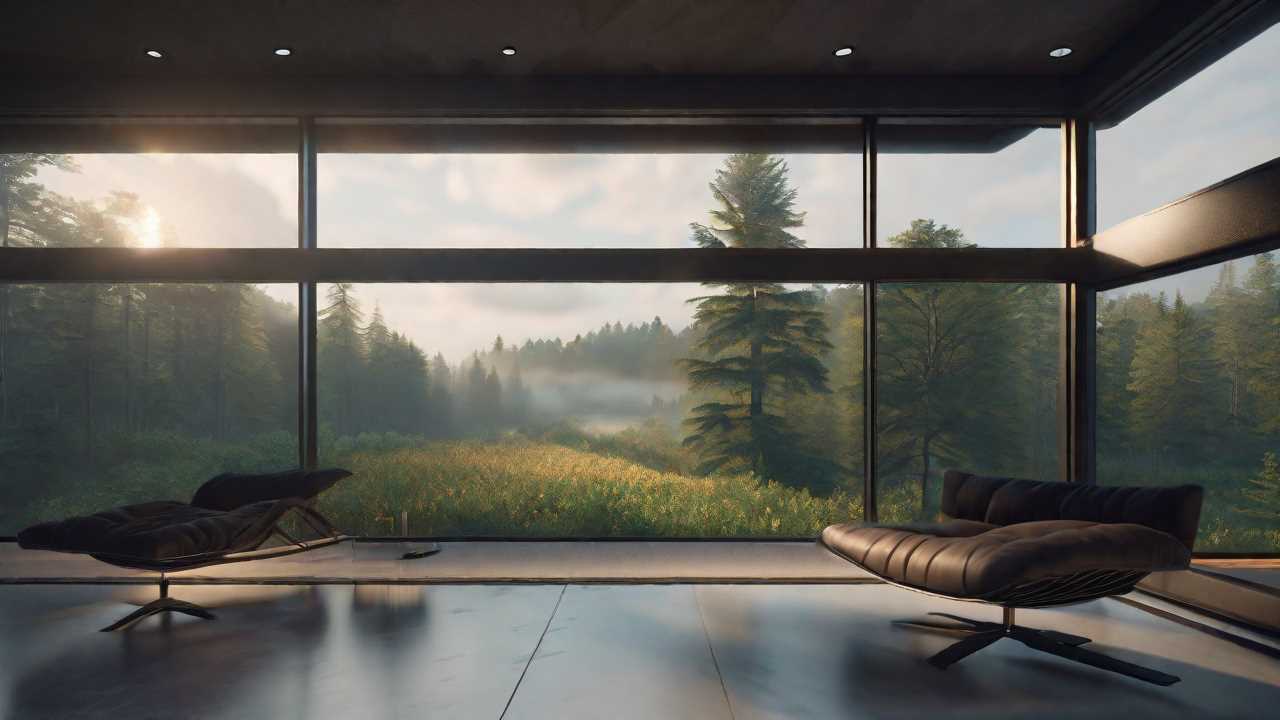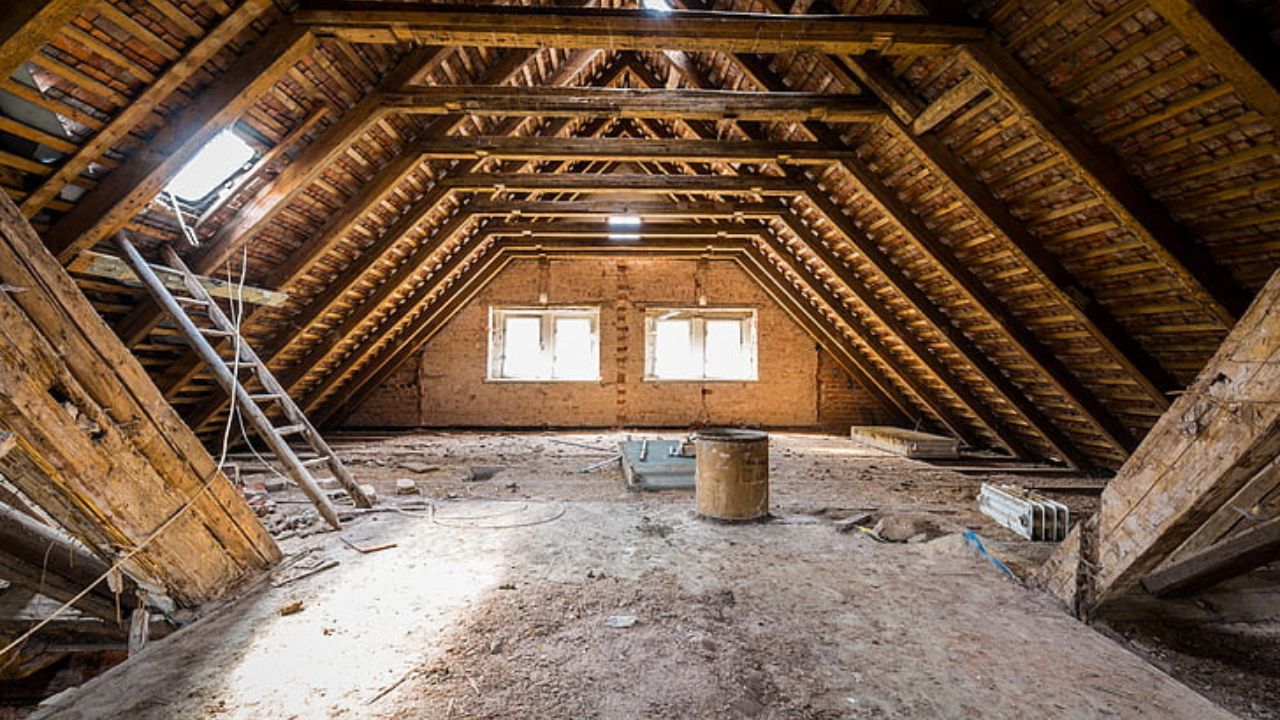
Imagine your home as a sanctuary, where the soft glow from above fills your living space with natural light, creating a serene ambiance. Now, envision the debate between a glass or plastic skylight. You might wonder which is better for your needs, and the answer might surprise you. Both options have pros and cons, but the decision ultimately comes down to what matters most to you regarding durability, energy efficiency, cost, maintenance, and environmental impact.
Listen to this Article
Durability Comparison
When comparing the durability of glass and plastic skylights, consider the impact of external factors such as weather conditions and maintenance practices. Glass skylights are known for their superior durability compared to plastic skylights. Glass is more resistant to scratches, discoloration, and degradation from UV rays. It maintains its clarity and structural integrity over time, making it a long-lasting choice for skylights in various environments.
In contrast, plastic skylights are more prone to damage from harsh weather conditions such as hail, extreme heat, or heavy snow. They can become brittle over time, leading to cracks or yellowing, affecting their performance and aesthetic appeal. Proper maintenance, such as regular cleaning and inspection, can help prolong the lifespan of plastic skylights, but they generally require more upkeep than glass skylights.
Energy Efficiency Analysis
When evaluating the energy efficiency of skylights, it’s vital to take into account factors such as heat transfer, insulation properties, and overall thermal performance. Glass skylights typically have better insulation properties compared to plastic skylights, which can result in reduced heat transfer between the interior and exterior of a building. The thermal performance of glass skylights is influenced by factors like the number of panes, the type of glass, and any special coatings applied to improve energy efficiency.
On the other hand, while generally less efficient in terms of insulation, plastic skylights can offer advantages in light diffusion and impact resistance. However, their energy efficiency may be lower due to their lower insulation properties. When considering energy efficiency, it’s important to weigh the trade-offs between insulation, light transmission, and durability to determine the best option for your needs. Conducting a thorough analysis of these factors will help you make an informed decision that aligns with your energy efficiency goals.
Cost Considerations
When considering the financial aspect of skylight installation, it’s important to analyze the cost implications associated with glass and plastic skylights. Glass skylights typically have a higher upfront cost than plastic skylights. The price of glass skylights can vary based on factors such as the type of glass used, size, and installation requirements. On the other hand, plastic skylights are generally more budget-friendly in terms of initial investment.

However, the long-term cost considerations should also be taken into account. Glass skylights are known for their durability and resistance to scratches, discoloration, and warping. This can result in lower maintenance and replacement costs over time. Plastic skylights, while cheaper initially, may require more frequent replacements due to issues like yellowing, cracking, and reduced insulation properties. These replacement costs can add up over the lifespan of the skylight.
Therefore, when evaluating the cost of glass versus plastic skylights, it’s important to consider the upfront expenses and the long-term maintenance and replacement costs to make an informed decision based on your budget and preferences.
Maintenance Requirements
Glass and plastic skylights have distinct differences in maintenance requirements that should be carefully considered before deciding. When it comes to maintenance, here are some key points to keep in mind:
- Cleaning Frequency: Glass skylights require less frequent cleaning than plastic skylights. Due to their smooth surface, glass skylights are less prone to accumulating dirt and grime, reducing the frequency of cleaning needed to maintain their clarity.
- Scratch Resistance: Plastic skylights are more prone to scratching than glass skylights. This means that extra caution is required when cleaning plastic skylights to prevent scratches that can affect the overall appearance and clarity of the skylight over time.
- Sealant Inspection: Both glass and plastic skylights require periodic sealant inspections to ensure they remain watertight. However, plastic skylights may need more frequent inspections due to the potential for sealant deterioration over time, which can lead to leaks if not addressed promptly.
Environmental Impact Evaluation
Considering the environmental impact of both glass and plastic skylights reveals important insights into their sustainability and long-term effects on the surroundings. Glass skylights. At the same time, durability and aesthetic appeal have a higher environmental impact due to the energy-intensive manufacturing process. The production of glass involves high temperatures, resulting in significant carbon emissions. On the other hand, plastic skylights, typically made from polycarbonate or acrylic, have a lower environmental impact during production. However, plastic skylights are prone to discoloration and degradation over time, leading to potential environmental issues if not disposed of properly.
When evaluating the environmental impact of skylights, it’s essential to consider factors such as energy efficiency, recyclability, and longevity. Glass skylights may offer better insulation properties, reducing heating and cooling costs over time. In contrast, plastic skylights may require more frequent replacements, contributing to waste generation. Ultimately, choosing between glass and plastic skylights involves weighing the environmental impact of production, maintenance, and disposal to make an informed decision that aligns with your sustainability goals.
Frequently Asked Questions
Can Glass Skylights Withstand Extreme Weather Conditions?
Glass skylights can withstand harsh weather conditions with proper installation and maintenance. They offer durability and resilience. Ensuring quality materials and expert installation can improve their ability to withstand extreme weather, providing peace of mind.
Are Plastic Skylights Prone to Discoloration Over Time?
Over time, plastic skylights may discolor due to exposure to UV rays and environmental factors. It’s important to consider maintenance and potential replacements when choosing between glass and plastic skylights for long-term aesthetics and performance.
Do Glass Skylights Provide Better Sound Insulation Than Plastic?
When comparing glass to plastic skylights, note that glass provides superior sound insulation. Its density and thickness effectively block out noise, enhancing the tranquility of your space. Opting for glass guarantees a quieter and more peaceful environment.
Are There Any Safety Concerns Specific to Plastic Skylights?
When considering safety concerns specific to plastic skylights, prioritize its durability and impact resistance. Guarantee proper installation to prevent leaks or structural issues. Regular maintenance, like cleaning and checking for cracks, will help prolong its lifespan and maintain safety standards.
How Do Glass and Plastic Skylights Differ in Terms of Aesthetics?
Glass skylights offer a classic, elegant aesthetic with clarity and a sleek finish. Plastic skylights provide a more modern look, often with a tint or color options for customization. Choose based on your desired style preference.